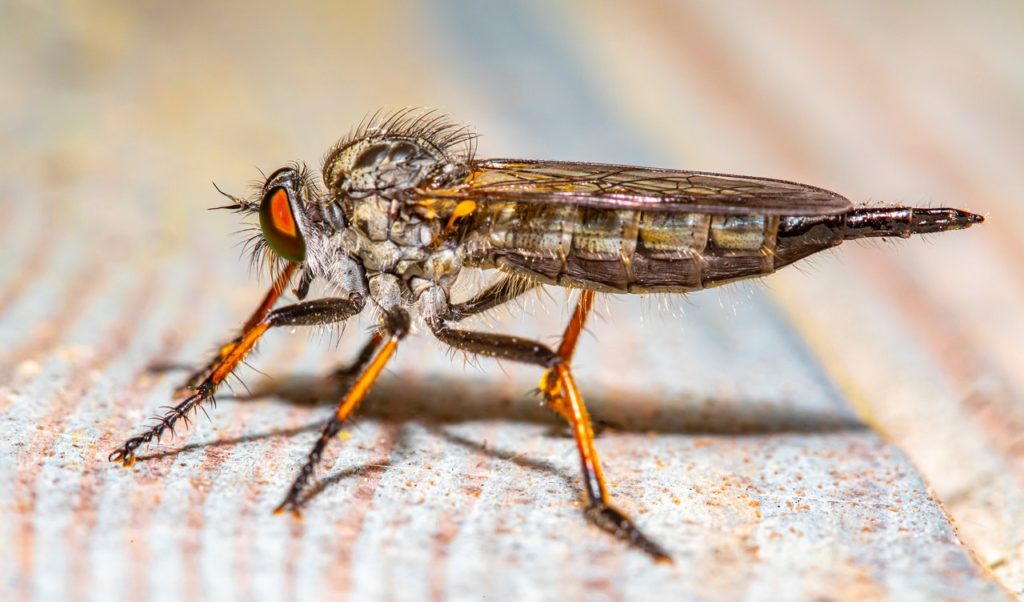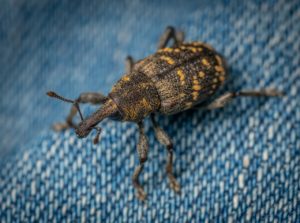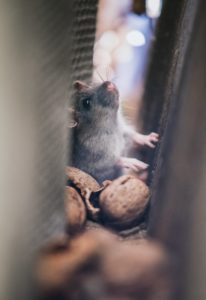Tips on SEO Strategies Specifically for Pest Control Websites
Want to boost your pest control website’s visibility on Google? Learn how to optimize your website for better rankings with these expert tips.
Discover the importance of conducting keyword research to target the right audience, and how to optimize your website content for maximum impact.
Find out how to target local customers and build quality backlinks for better SEO results.
Plus, ensure your website is mobile-friendly for a seamless user experience.
Supercharge your website’s performance and dominate the pest control industry!
Keyword Research: Identifying the Right Pest Control Keywords
When conducting keyword research for your pest control website, it’s essential to identify the most relevant and effective pest control keywords to optimize your website for better Google rankings.
Staying up-to-date with the latest pest control industry trends is crucial in understanding what keywords are currently popular and in demand. By incorporating these trends into your keyword research, you can ensure that your website is targeting the right audience and staying ahead of the competition.
Additionally, focusing on effective pest control strategies in your keyword selection can help establish your website as a trusted source of information and services in the industry. This won’t only improve your Google rankings but also attract more high-quality traffic to your website.
On-Page Optimization: Optimizing Your Website Content for Pest Control SEO
To optimize your pest control website for better Google rankings, focus on optimizing your website content for pest control SEO.
One important aspect of on-page optimization is the website structure. Make sure your website is organized and easy to navigate, with clear categories and subcategories for different pest control services. This not only improves user experience but also helps search engines understand the organization of your website.
Another crucial element is the use of meta tags and descriptions. These are HTML elements that provide information about your web page to search engines. Include relevant keywords in your meta tags and descriptions to improve your website’s visibility in search results.
Local SEO: Targeting Local Customers for Pest Control Services
To target local customers for your pest control services, focus on implementing local SEO strategies. Local SEO is crucial for businesses that serve a specific geographic area, like pest control companies.
One important aspect of local SEO is creating local citations. These are mentions of your business name, address, and phone number on other websites, such as online directories or review sites. Local citations help search engines verify the legitimacy and location of your business, which can improve your rankings in local search results.
Additionally, optimizing your local directory listings is essential. Make sure your business information is accurate and consistent across all directory listings. This won’t only help potential customers find you, but also boost your visibility in local search results.
Link Building: Building Quality Backlinks for Pest Control Websites
To build quality backlinks for your pest control website, focus on implementing effective link building strategies.
One of the most important strategies is outreach. Reach out to other websites in the pest control industry and offer to write guest posts or contribute valuable content in exchange for a backlink to your site. This not only helps to build backlinks, but also increases your visibility within the industry.
Another effective strategy is social media promotion. Leverage platforms like Facebook, Twitter, and Instagram to share your content and engage with potential customers. By creating valuable and shareable content, you can encourage others to link back to your website.
Mobile Optimization: Ensuring Your Pest Control Website Is Mobile-Friendly
Ensure your pest control website is mobile-friendly for optimal user experience and improved Google rankings.
Mobile optimization is crucial in today’s digital landscape as more and more users are accessing websites through their mobile devices. A responsive design is essential to ensure that your website displays properly on various screen sizes and devices.
This not only improves the overall user experience but also helps in boosting your website’s visibility on search engines. When your website is mobile-friendly, users are more likely to stay longer, navigate easily, and find the information they need quickly.
This, in turn, leads to greater engagement and conversions. So, make sure to prioritize mobile optimization to provide a seamless user experience and enhance your online presence.
In conclusion, optimizing your pest control website for better Google rankings is crucial for attracting potential customers. By conducting thorough keyword research and implementing on-page optimization techniques, you can improve your website’s visibility in search engine results.
Additionally, targeting local customers through local SEO strategies and building quality backlinks can further enhance your online presence.
Lastly, ensuring that your website is mobile-friendly will help you reach a wider audience and provide a seamless user experience.
Stay ahead of the competition by implementing these SEO strategies for your pest control website.
For help with your Pest control website contact
WILDFIRE SEO AND INTERNET MARKETING
720 McClure Rd.
Kelowna, BC.
V1W-1M3
Phone: 250.575.1527
info@wildfireseomarketing.com


 If you have mice in your home, destroying them with triple-strength mouse poison probably won’t solve the problem. After all, if there’s one dead mouse behind an interior wall the other mice probably know about it and are avoiding it or they’ve decided to move out of that part of the house for good.
If you have mice in your home, destroying them with triple-strength mouse poison probably won’t solve the problem. After all, if there’s one dead mouse behind an interior wall the other mice probably know about it and are avoiding it or they’ve decided to move out of that part of the house for good. Mice Moat: If you think trapping sounds like too much work you might consider placing water-filled plastic containers (such as milk jugs) around the exterior of your home with the tip pointing up toward the sky. Mice won’t choose to run through these because they can’t swim. If they try to go over them then they’ll fall inside and drown.
Mice Moat: If you think trapping sounds like too much work you might consider placing water-filled plastic containers (such as milk jugs) around the exterior of your home with the tip pointing up toward the sky. Mice won’t choose to run through these because they can’t swim. If they try to go over them then they’ll fall inside and drown. They breed so rapidly that within just a few months there could be hundreds of them living inside your walls, making it close to impossible to eradicate all of them. So how do you prevent them from taking over? Check out these 5 tips for keeping those buggers away for good!
They breed so rapidly that within just a few months there could be hundreds of them living inside your walls, making it close to impossible to eradicate all of them. So how do you prevent them from taking over? Check out these 5 tips for keeping those buggers away for good!